Field of View & Focal Length
视野和焦距
The Field of View (FOV), or Angle of View of a camera describes how much of the scene is visible from the camera, or how "wide" or "zoomed-in" the view appears, and as a consequence, how large or small objects appear in the frame. FOV is measured in degrees, either horizontally, vertically or (more rarely) diagonally. Larger FOV values indicate that more of the scene is visible and therefore objects will appear smaller, whereas smaller values mean less of the scene is visible and objects will appear larger.
The Focal Length of a camera, usually measured in millimeters, is the distance from the film or sensor back to the optical center of the lens. There is a direct (non-linear) relationship between focal length and FOV. Longer focal lengths result in narrower FOVs, while shorter focal lengths result in wider FOVs. There is a direct linear relationship between focal length and the apparent size of the subject in the frame. For example, doubling the focal length will make the subject twice as large in the frame.
The relationship between focal length and FOV depends on the physical size of the film or sensor onto which the image is projected. For 35mm film cameras or so-called "full frame" digital cameras, this size is 36mm x 24mm. For such cameras, commonly used focal lengths are:
视场(FOV) ,或者相机的视角,描述了从相机可以看到多少场景,或者“宽”或者“放大”的视角,结果就是,大的或者小的物体在画面中出现了多少。视野以度为单位测量,水平方向、垂直方向或(更少)对角方向。较大的视场值表明场景中可见的部分更多,因此物体看起来会更小,而较小的值意味着场景中可见的部分更少,物体看起来会更大。相机的焦距,通常以毫米为单位,是指从胶片或传感器到镜头光学中心的距离。在焦距和视场之间有一个直接的(非线性)关系。较长的焦距导致较窄的视野,而较短的焦距导致较宽的视野。焦距和主体的视大小之间有一个直接的线性关系。例如,将焦距加倍会使主体的体积增大一倍。焦距和视场之间的关系取决于胶片或传感器的物理尺寸的图像投影。对于35毫米胶片相机或所谓的“全画幅”数码相机,这种尺寸是36毫米 x24毫米。对于这类相机,常用的焦距有:
- 18mm to 28mm for wide-angle shots like landscapes, cityscapes, tight interiors or dramatic shots with a lot of foreshortening 18毫米至28毫米的广角镜头,如风景,城市景观,紧凑的内部或戏剧性的镜头与许多透视
- 35mm to 55mm for shots with "natural" looking perspective 35毫米至55毫米的镜头与“自然”的视角
- 80mm to 200mm for long shots and portraits 80毫米至200毫米的长镜头和肖像
- 200mm to 1200mm for extremely long shots such as those taken in wildlife or sports photography or other cases where you wish to reduce the effect of foreshortening 200毫米到1200毫米的超长镜头,如野生动物或体育摄影或其他情况下,你希望减少透视效果
By default, cameras created in Maya have their "sensor size" (referred to as Camera Aperture in Maya) set to 1.417 inches x 0.945 inches = 36mm x 24mm, so you can use familiar values to set the focal length. In contrast, Softimage cameras are created by default with a sensor size of 0.189 inches x 0.126 inches = 4.8mm x 3.2mm which does not directly correspond to a commonly used sensor size in digital or film cameras. As a result, focal length values in Softimage will be much smaller than those in Maya.
默认情况下,玛雅创建的相机的“传感器尺寸”(在玛雅被称为相机光圈)设置为1.417英寸 x 0.945英寸 = 36毫米 x 24毫米,所以你可以使用熟悉的值来设置焦距。相比之下,Softimage 相机默认的传感器尺寸为0.189英寸 x 0.126英寸 = 4.8 mm x 3.2 mm,这与数码相机或胶片相机中常用的传感器尺寸不直接对应。因此,Softimage 的焦距值将远远小于那些玛雅。
Zooming vs. Moving
缩放 vs 移动
Changing the focal length or FOV is only one way to control the size of an object in the frame ("zooming in" or "zooming out"). The other way is to actually move the camera closer or farther away from the subject. Note that these are not equivalent and will result in very different looks. While the focal length/FOV changes the size of a single object in the frame, the relative sizes of 2 objects in the scene depends ONLY on the location of the camera relative to these objects. Thus framing a scene with multiple subjects involves positioning the camera to achieve the desired blocking and relative sizes of the subjects, THEN adjusting the Focal Length to achieve the desired overall framing.
In the following example, the two cylinders in the scene are the same height (10). We position the camera such that the red cylinder is approximately ½ the size of the green/yellow cylinder. We then show the effect of first making the focal length wider and of moving the camera
改变焦距或 FOV 只是控制帧中物体大小的一种方法(“放大”或“缩小”)。另一种方法是将摄像机移近或移远物体。请注意,这些是不等价的,将导致非常不同的外观。虽然焦距/视场改变了画面中单个物体的大小,但场景中两个物体的相对大小只取决于相机相对于这些物体的位置。因此,一个有多个主题的场景包括定位相机以达到所需的模块和主题的相对大小,然后调整焦距以达到所需的整体取景。在下面的示例中,场景中的两个柱面具有相同的高度(10)。我们的立场,这样的相机,红色圆柱约1/2的大小,绿色/黄色圆柱。然后我们展示了首先使焦距变宽和移动相机的效果
|
_Focal Length = 50mm – Red cylinder is roughly ½ the height of the green/yellow cylinder._ _ 焦距 = 50毫米-红色圆筒大约是1/2的高度的绿色/黄色圆筒。 _ |
_Focal Length = 24mm – Focal length changed, no camera movement. Notice the red cylinder still ½ the height of the green/yellow cylinder, but more of the background is exposed._ _ 焦距 = 24毫米-焦距改变,没有相机移动。注意红色圆柱仍然1/2高度的绿色/黄色圆柱,但更多的背景是暴露。_ |
Focal Length = 50mm – Camera moved farther from subjects to make the green/yellow cylinder roughly the same size in the frame as in the previous image. Notice that the red cylinder is now much large relative to the green/yellow cylinder. 焦距 = 50毫米-相机移动更远的主题,使绿色/黄色圆柱大致相同的大小,在框架作为前一张图片。注意,现在红色的圆柱体相对于绿色/黄色的圆柱体来说大了很多。 |
|
|
|
|
Lens Shift
镜头移位
In most consumer cameras, the lens is centered on the imaging plane (film back or sensor). However some professional cameras include the ability to adjust the offset of the lens with respect to the sensor. This lens offset is usually referred to a shift. Shift can be used to maintain a certain perspective while changing the composition of the image, or more commonly, to correct for the natural perspective distortion that occurs when photographing a building or other large structure from the ground.
In Maya, lens shift is controlled using the Film Offset attribute, while in Softimage, lens shift is controlled using the Optical Center Shift parameter.
在大多数消费相机中,镜头集中在成像平面(胶片背面或传感器)。然而,一些专业相机具有相对于传感器调整镜头偏移量的能力。这个镜头偏移量通常称为移位。在改变图像构图的同时,Shift 可以用来保持一个特定的透视角度,或者更常见的,用来纠正在地面拍摄建筑物或其他大型结构时出现的自然透视变形。在 Maya 中,镜头移位是通过胶片偏移属性控制的,而在 Softimage 中,镜头移位是通过光学中心移位参数控制的。
|
Image taken by rotating the camera up to capture the full height of the subjects. Notice the significant perspective distortion. 通过旋转摄像机来捕捉拍摄对象的全部高度,注意这些重要的透视变形。 |
Image taken with camera at the same location, with same focal length, but using shift instead of rotating the camera. Notice that we no longer suffer from perspective distortion. 用相机在同一位置拍摄的图像,焦距相同,但使用移位而不是旋转相机。注意,我们不再遭受透视变形的折磨。 |
Image taken using the same settings as the previous image, but without any shift. 使用与前一张图片相同的设置拍摄的图片,但是没有任何偏移。 |
|
|
|
|

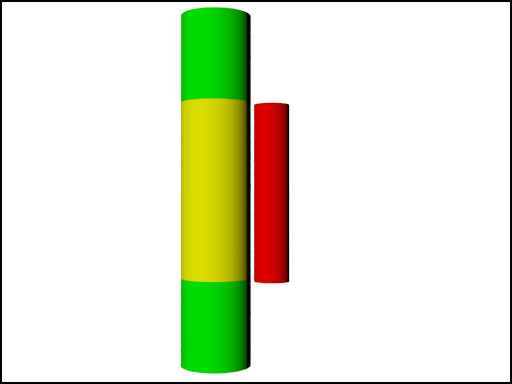
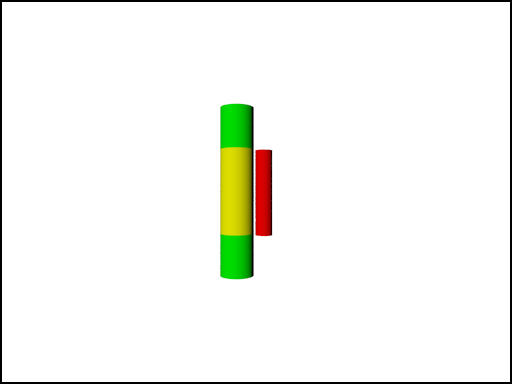
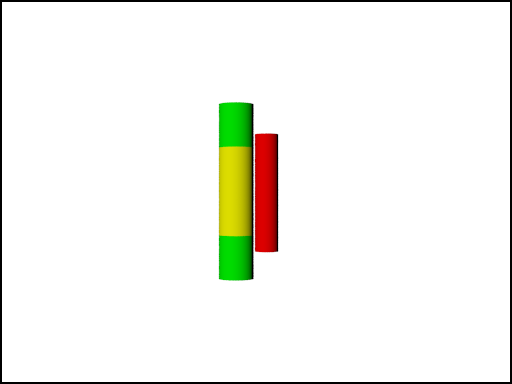

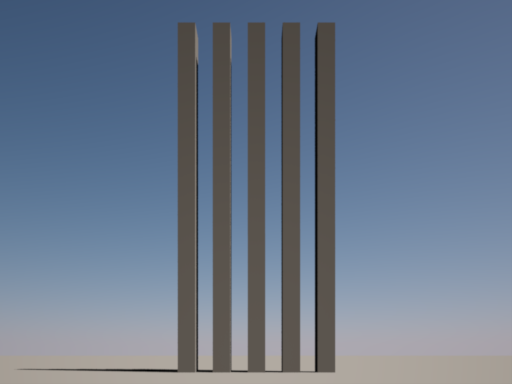
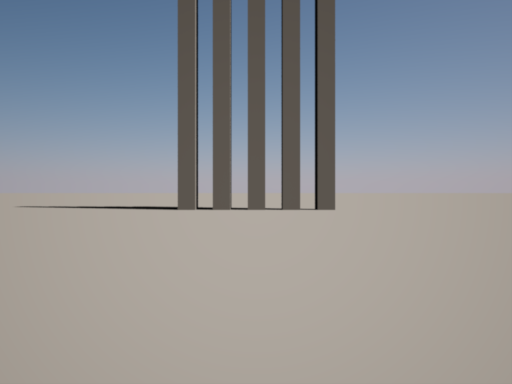
赶快留个言打破零评论!~